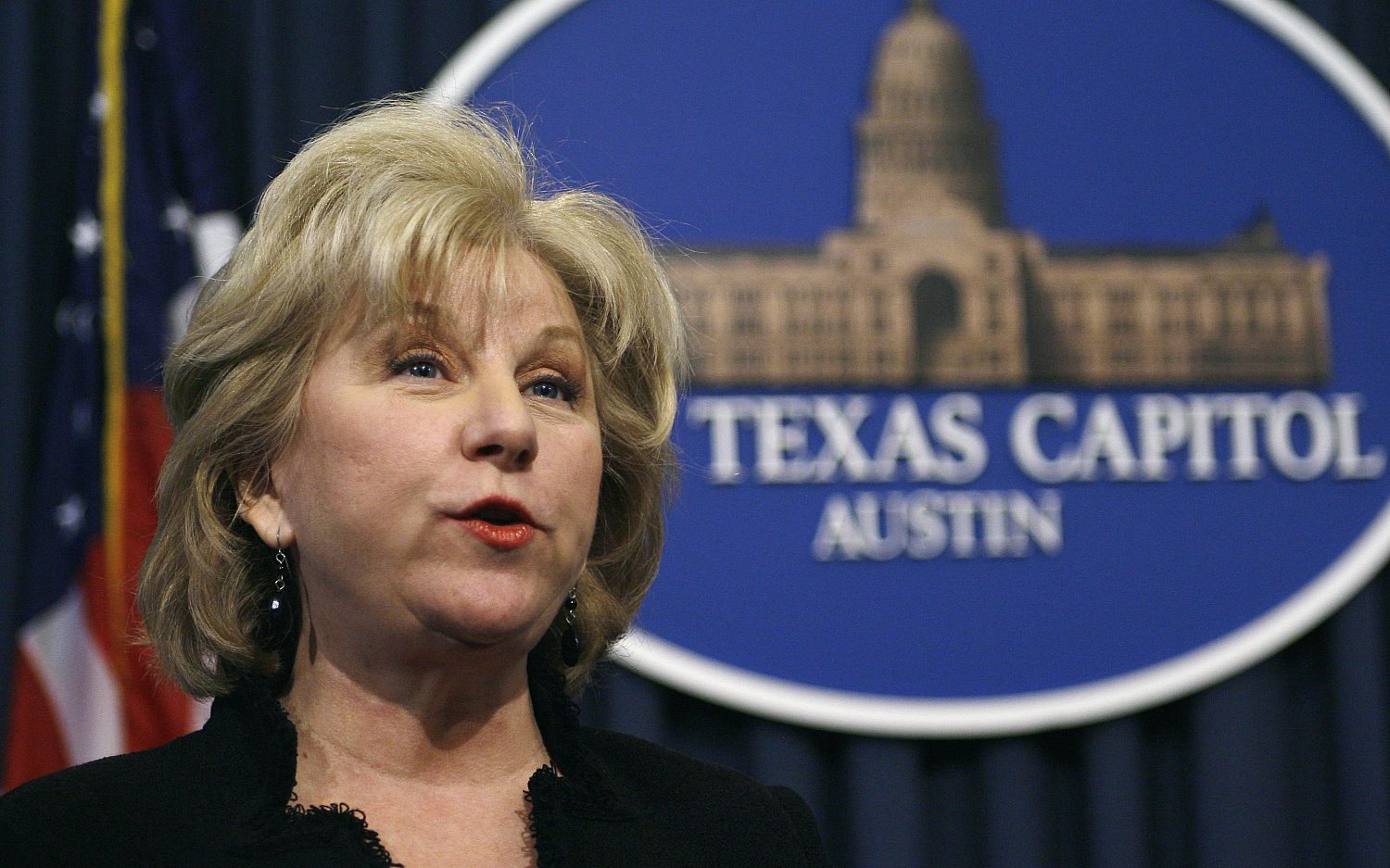Obama gets an 'F' for higher ed reform proposals
President Barack Obama started a bus tour through the Northeast on Thursday to announce a new package of proposed higher education reforms. Following up on his speech about a month ago, in which he called for low cost, high quality education for all, the president layed out specific ideas to make that bechmark a reality.
“Higher education cannot be a luxury,” he said during his first speech on the tour. “Every American family should be able to get it.”
The president wants to keep tabs on each college’s performance and award federal aid to the right colleges so the cost of attendance goes down while quality goes up—government money would only reward success.
The government would evaluate schools based on average tuition charged and how many low-income students they enroll. It would also evaluate graduation and transfer rates, students’ income after graduation, and advanced degrees graduates earn. The government would then give money to the colleges that score the highest under the new rating system. The plan is based on similar system, known as Race to the Top, implemented for public K-12 schools.
The president also pushed for a “pay as you earn” plan for studenet loans, which would let students choose to have their monthly loan payment capped at 10 percent of their income. He also pushed for expanded federal Pell grants and suggested giving more money to colleges graduating students who receive federal aid.
But George Leef, the director of research for the John William Pope Center for Higher Education Policy, said increased federal grants just shift more costs onto taxpayers: “People ought to pay for what they use.” If you let one person escape the cost, that just leaves someone else with the bill, he said.
Some college leaders and analysts applauded the president’s proposals, while others were not so sure.
“The headline proposal of linking student aid to federal ratings of institutional performance is not the one upon which the administration should focus its limited capital,” said Judith Scott-Clayton, assistant professor of economics and education at Columbia University. “It might sound good, but in practice it is very difficult to get such ratings right, and if the amount of aid at stake is substantial, the consequences of getting it wrong could be disastrous.” She added that the ambiguity about specific metrics and dollar amounts suggest the administration is not aware of potential problems.
But the government has a big stick to force compliance: Student aid. Schools that don’t submit information to the proposed database could lose all access to federal student aid, which would force many to close their doors.
As the president’s tour wound down today, college leaders and policy-makers alike worried about the lack of precision in the proposals and the real adequacy of the metrics to measure learning and distribute funding in helpful ways.
But before anything changes, the president will have to get approval from Congress.
Leef said the waste in higher education comes from government intrusion that started in the 1960s. An influx of federal funds fueled higher tuition costs and started the race for expensive college amenities just to keep students happy. He said the president’s proposition just adds more gizmos and gadgets to a Rube Goldberg system: “There is nothing the federal government can do that would really make college more affordable and improve student education short of getting out of the way of the free market.”
The Associated Press contributed to this report.
An actual newsletter worth subscribing to instead of just a collection of links. —Adam
Sign up to receive The Sift email newsletter each weekday morning for the latest headlines from WORLD’s breaking news team.




Please wait while we load the latest comments...
Comments
Please register, subscribe, or log in to comment on this article.